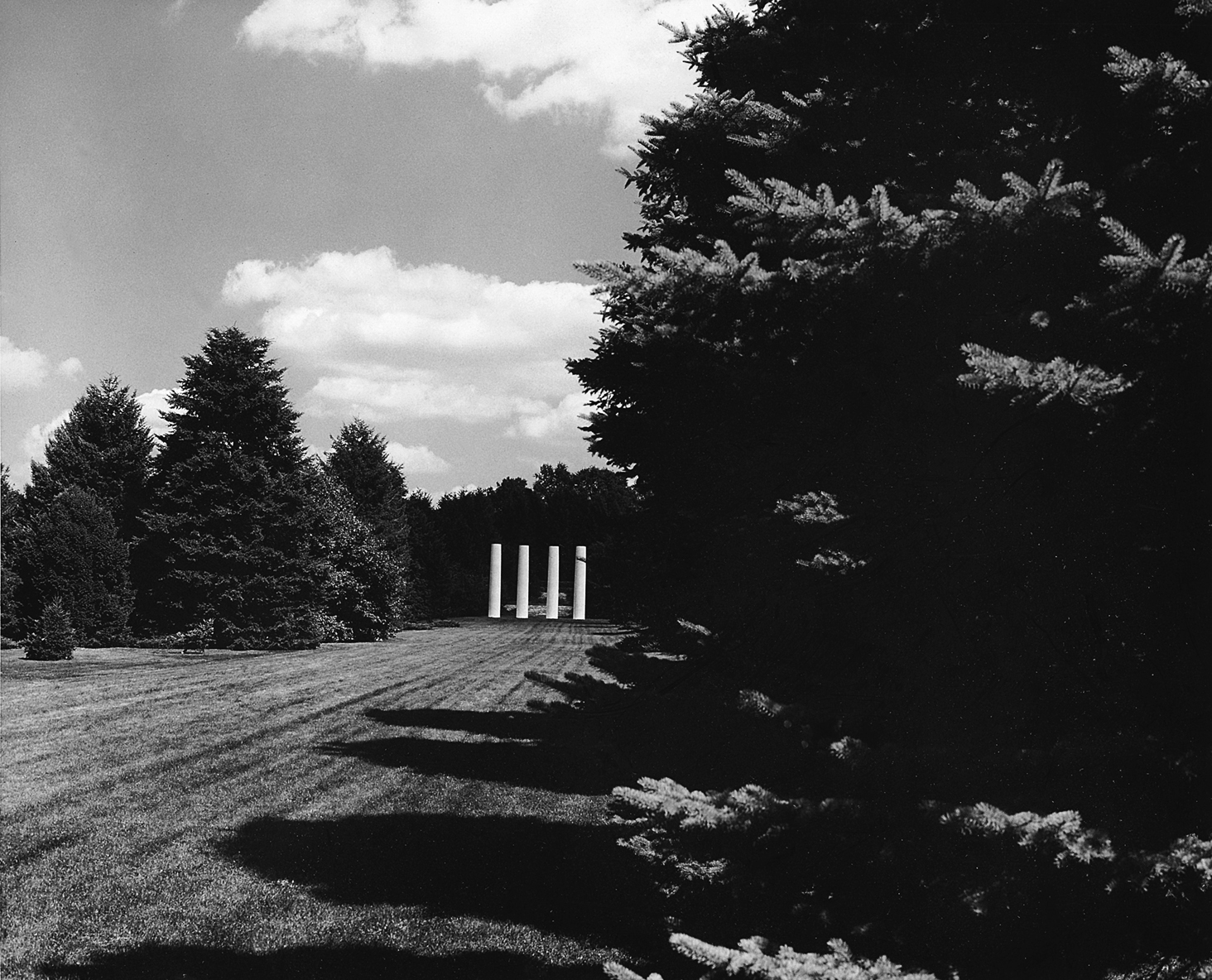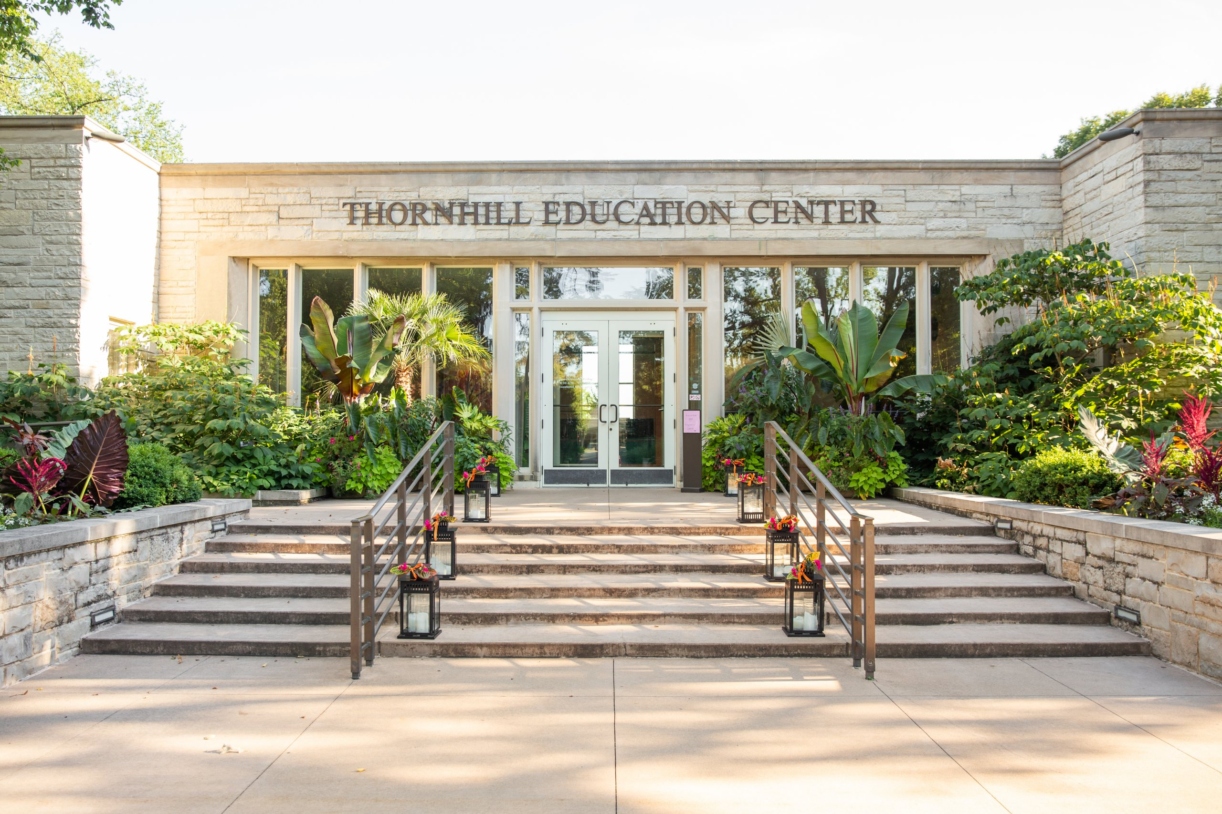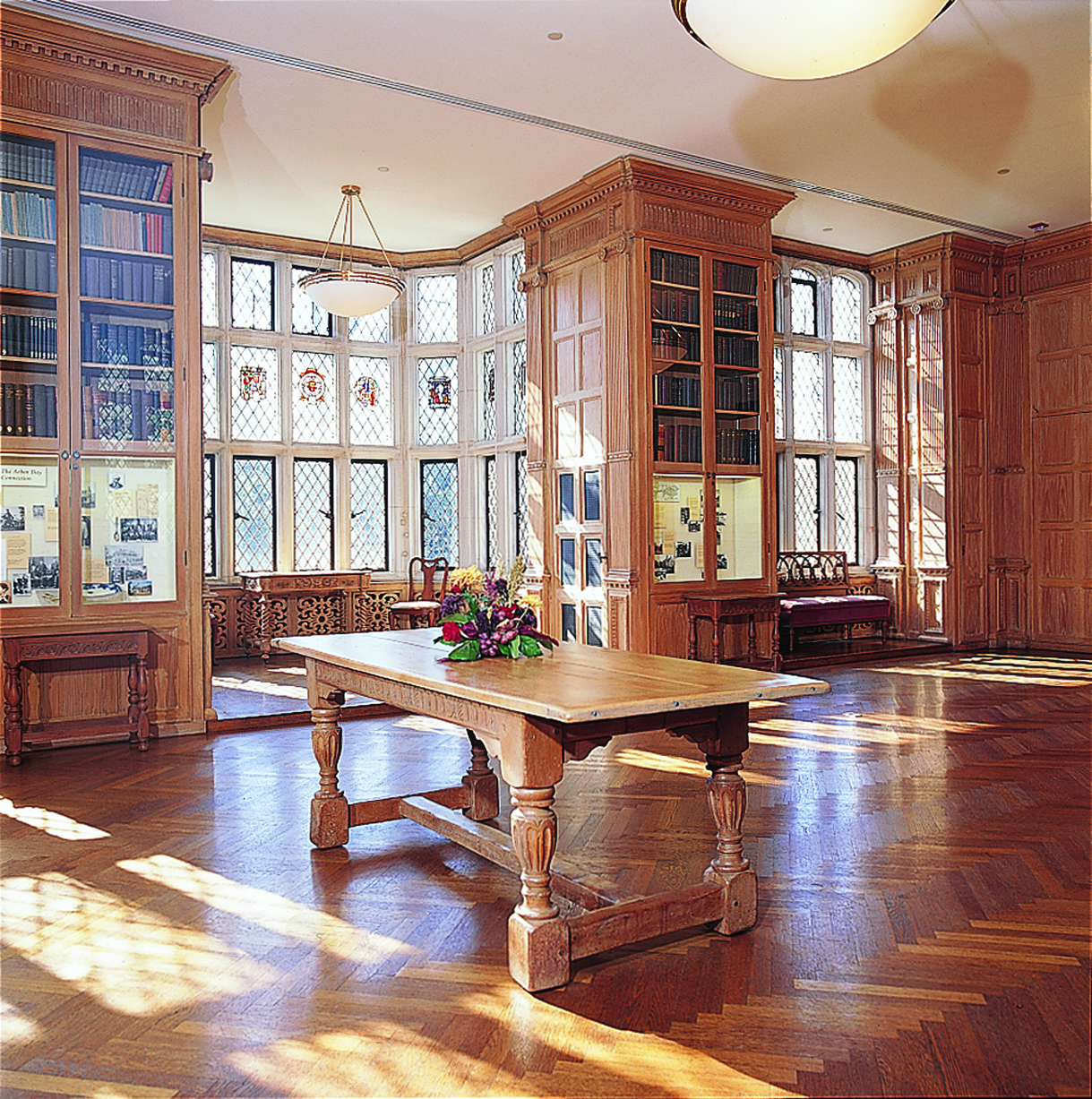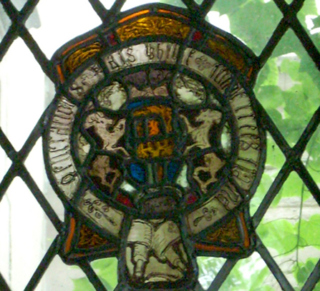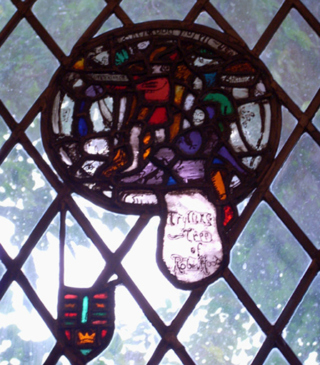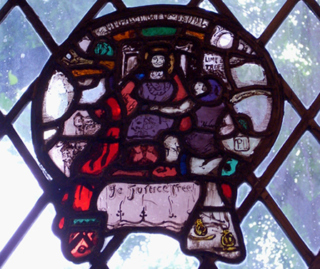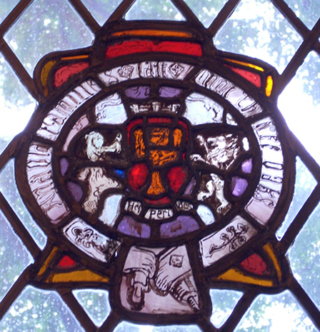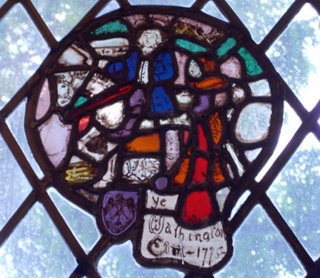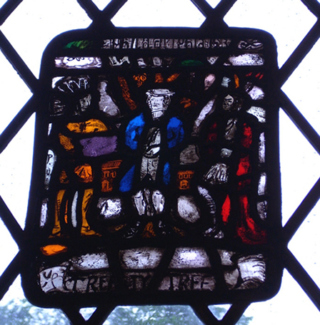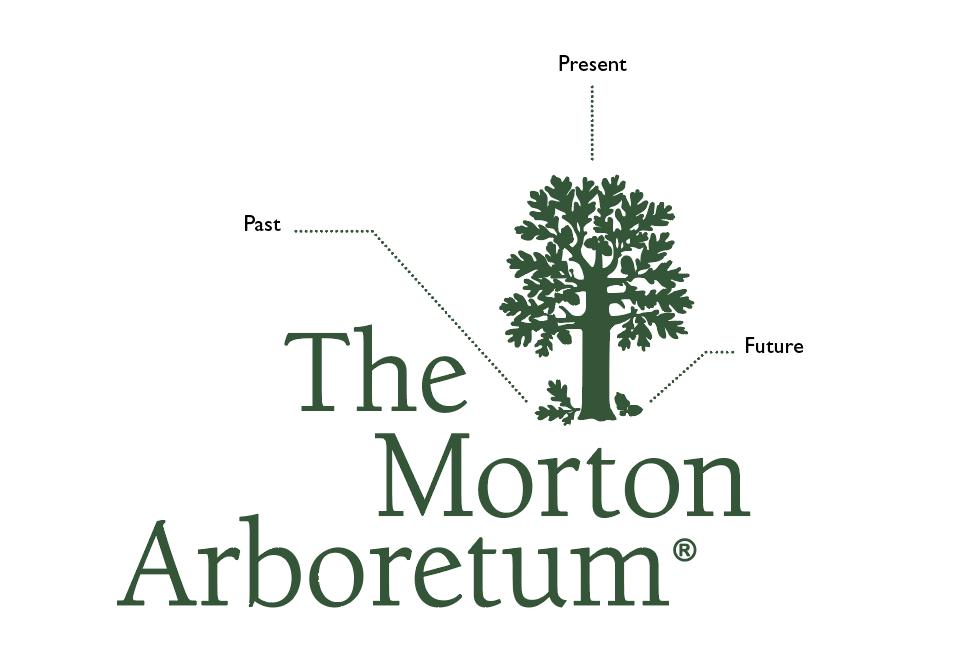Joy Morton
The Morton Arboretum was founded in 1922 by Joy Morton, whose father founded Arbor Day. Over the decades, the Arboretum has continued to evolve, while staying true to the Morton family motto, “Plant Trees.”
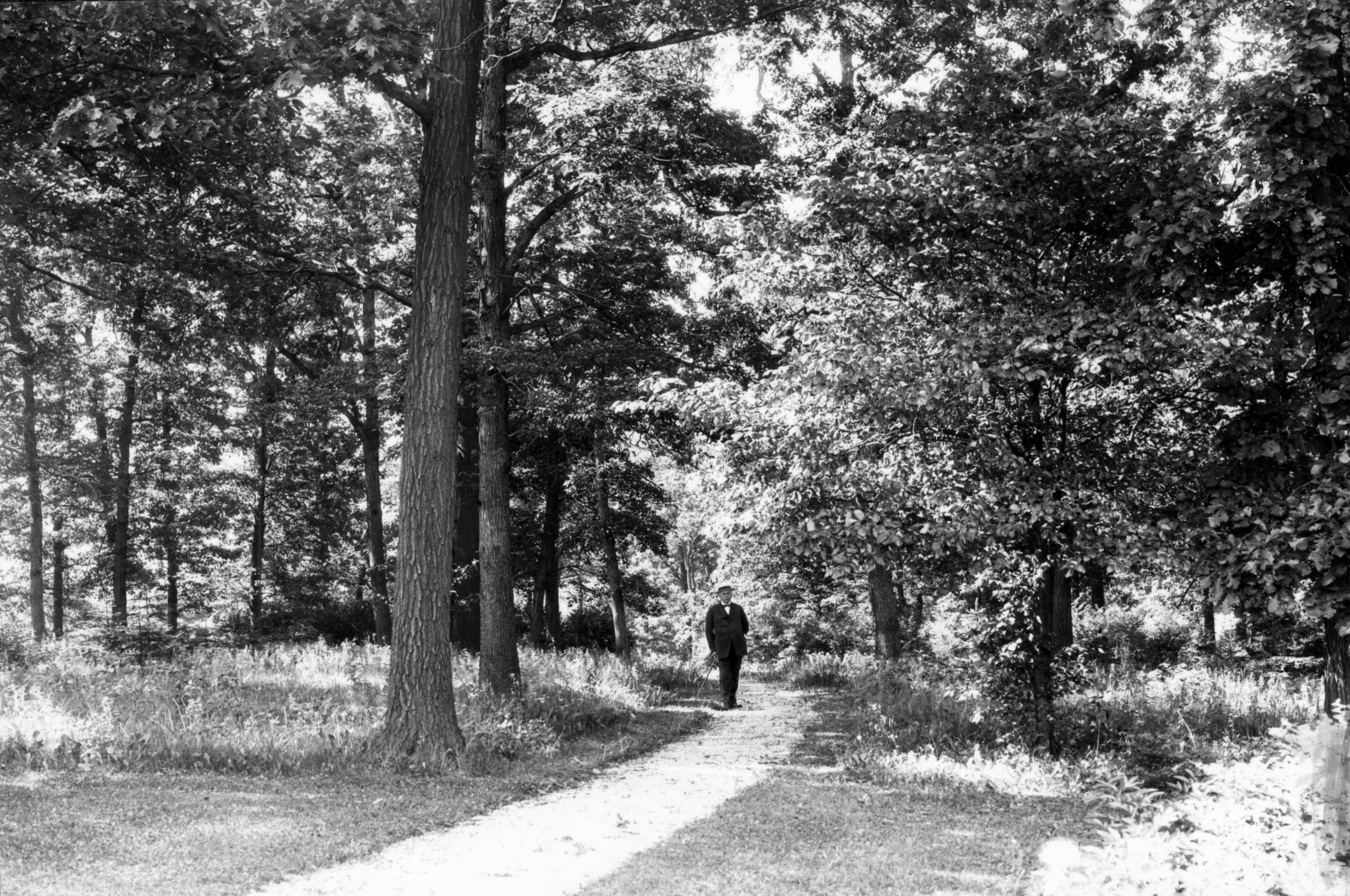
Joy Morton (1855–1934) founded the Morton Salt Company in Chicago in 1885. It became the leading salt producer in the U.S. and Canada.
Joy was the eldest of four sons of J. Sterling Morton (1832–1902), the originator of Arbor Day. “Plant Trees” was the Morton family motto. Arbor Lodge, the family home in Nebraska City, Nebraska, is now a state park. Joy’s mother, Caroline Joy French (1834–1881), loved gardening, and Joy inherited both of his parents’ interests in trees and horticulture. (“Joy” was an ancestral surname in Caroline’s family.)
As a Chicago industrialist, Joy discovered the pastoral setting of Lisle, 25 miles west of the city, in 1909 and built his country estate there, calling it Thornhill. By 1921, the work of transforming the property into an arboretum, or an outdoor museum of trees, became a meaningful pursuit for Joy’s later years, furthering his family’s tree-planting legacy as a supplement to his business success.
In starting The Morton Arboretum, he sought the advice of Dr. Charles Sprague Sargent (1841–1927), Director of the Arnold Arboretum of Harvard University for 50 years. Sargent visited Lisle several times and became a significant influence in shaping The Morton Arboretum. He suggested important European gardens for the Mortons to visit, hired and trained key personnel, recommended landscape architect O.C. Simonds (1855–1931), promoted early establishment of an herbarium and library, donated herbarium specimens, books, and living plants, edited the statement of purpose, and offered general advice and encouragement.
The Morton Arboretum was formally established on December 14, 1922. Joy appointed seven family members and two Morton Salt executives to life terms on the Board of Trustees, ensuring long-term continuity of leadership and fulfillment of goals.
When Joy died in 1934, the Arboretum consisted of 735 acres. It had a general landscape plan, many plantings and nurseries, an extensive system of roads and paths, and a small but excellent staff. It was operated out of renovated farm buildings and the library (now designated the Founder’s Room at the Thornhill Education Center).
